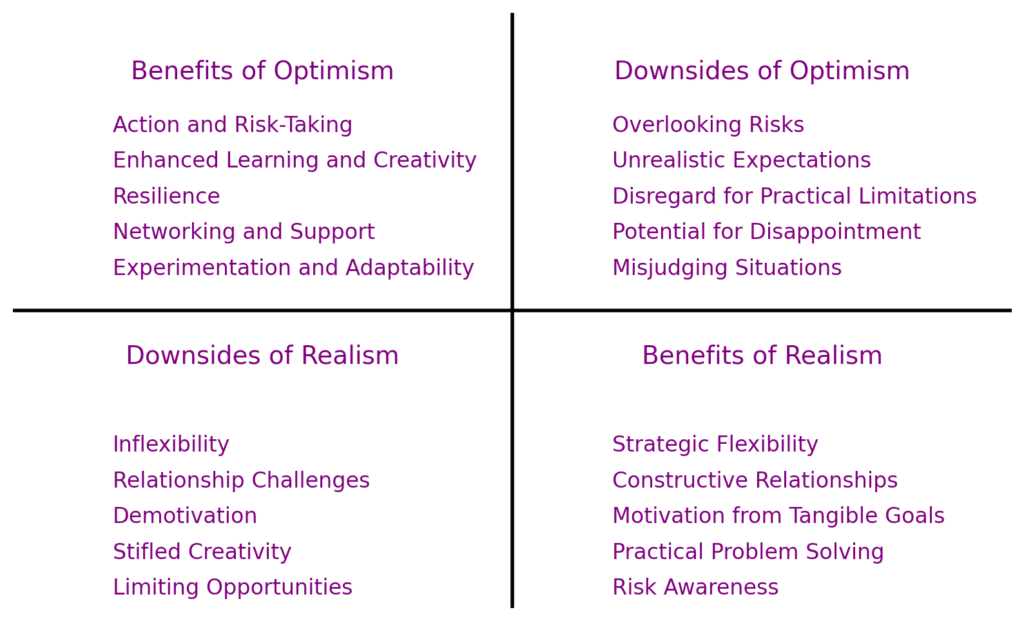TLDW (Too Long; Didn’t Watch)
Dwarkesh Patel, a 24-year-old podcasting sensation, has made waves with his deep, unapologetically intellectual interviews on science, history, and technology. In a recent Core Memory Podcast episode hosted by Ashlee Vance, Patel announced his new book, The Scaling Era: An Oral History of AI, co-authored with Gavin Leech and published by Stripe Press. Released digitally on March 25, 2025, with a hardcover to follow in July, the book compiles insights from AI luminaries like Mark Zuckerberg and Satya Nadella, offering a vivid snapshot of the current AI revolution. Patel’s journey from a computer science student to a chronicler of the AI age, his optimistic vision for a future enriched by artificial intelligence, and his reflections on podcasting as a tool for learning and growth take center stage in this engaging conversation.
At just 24, Dwarkesh Patel has carved out a unique niche in the crowded world of podcasting. Known for his probing interviews with scientists, historians, and tech pioneers, Patel refuses to pander to short attention spans, instead diving deep into complex topics with a gravitas that belies his age. On March 25, 2025, he joined Ashlee Vance on the Core Memory Podcast to discuss his life, his meteoric rise, and his latest venture: a book titled The Scaling Era: An Oral History of AI, published by Stripe Press. The episode, recorded in Patel’s San Francisco studio, offers a window into the mind of a young intellectual who’s become a key voice in documenting the AI revolution.
Patel’s podcasting career began as a side project while he was a computer science student at the University of Texas. What started with interviews of economists like Bryan Caplan and Tyler Cowen has since expanded into a platform—the Lunar Society—that tackles everything from ancient DNA to military history. But it’s his focus on artificial intelligence that has garnered the most attention in recent years. Having interviewed the likes of Dario Amodei, Satya Nadella, and Mark Zuckerberg, Patel has positioned himself at the epicenter of the AI boom, capturing the thoughts of the field’s biggest players as large language models reshape the world.
The Scaling Era, co-authored with Gavin Leech, is the culmination of these efforts. Released digitally on March 25, 2025, with a print edition slated for July, the book stitches together Patel’s interviews into a cohesive narrative, enriched with commentary, footnotes, and charts. It’s an oral history of what Patel calls the “scaling era”—the period where throwing more compute and data at AI models has yielded astonishing, often mysterious, leaps in capability. “It’s one of those things where afterwards, you can’t get the sense of how people were thinking about it at the time,” Patel told Vance, emphasizing the book’s value as a time capsule of this pivotal moment.
The process of creating The Scaling Era was no small feat. Patel credits co-author Leech and editor Rebecca for helping weave disparate perspectives—from computer scientists to primatologists—into a unified story. The first chapter, for instance, explores why scaling works, drawing on insights from AI researchers, neuroscientists, and anthropologists. “Seeing all these snippets next to each other was a really fun experience,” Patel said, highlighting how the book connects dots he’d overlooked in his standalone interviews.
Beyond the book, the podcast delves into Patel’s personal story. Born in India, he moved to the U.S. at age eight, bouncing between rural states like North Dakota and West Texas as his father, a doctor on an H1B visa, took jobs where domestic talent was scarce. A high school debate star—complete with a “chiseled chin” and concise extemp speeches—Patel initially saw himself heading toward a startup career, dabbling in ideas like furniture resale and a philosophy-inspired forum called PopperPlay (a name he later realized had unintended connotations). But it was podcasting that took off, transforming from a gap-year experiment into a full-fledged calling.
Patel’s optimism about AI shines through in the conversation. He envisions a future where AI eliminates scarcity, not just of material goods but of experiences—think aesthetics, peak human moments, and interstellar exploration. “I’m a transhumanist,” he admitted, advocating for a world where humanity integrates with AI to unlock vast potential. He predicts AI task horizons doubling every seven months, potentially leading to “discontinuous” economic impacts within 18 months if models master computer use and reinforcement learning (RL) environments. Yet he remains skeptical of a “software-only singularity,” arguing that physical bottlenecks—like chip manufacturing—will temper the pace of progress, requiring a broader tech stack upgrade akin to building an iPhone in 1900.
On the race to artificial general intelligence (AGI), Patel questions whether the first lab to get there will dominate indefinitely. He points to fast-follow dynamics—where breakthroughs are quickly replicated at lower cost—and the coalescing approaches of labs like xAI, OpenAI, and Anthropic. “The cost of training these models is declining like 10x a year,” he noted, suggesting a future where AGI becomes commodified rather than monopolized. He’s cautiously optimistic about safety, too, estimating a 10-20% “P(doom)” (probability of catastrophic outcomes) but arguing that current lab leaders are far better than alternatives like unchecked nationalized efforts or a reckless trillion-dollar GPU hoard.
Patel’s influences—like economist Tyler Cowen, who mentored him early on—and unexpected podcast hits—like military historian Sarah Paine—round out the episode. Paine, a Naval War College scholar whose episodes with Patel have exploded in popularity, exemplifies his knack for spotlighting overlooked brilliance. “You really don’t know what’s going to be popular,” he mused, advocating for following personal curiosity over chasing trends.
Looking ahead, Patel aims to make his podcast the go-to place for understanding the AI-driven “explosive growth” he sees coming. Writing, though a struggle, will play a bigger role as he refines his takes. “I want it to become the place where… you come to make sense of what’s going on,” he said. In a world often dominated by shallow content, Patel’s commitment to depth and learning stands out—a beacon for those who’d rather grapple with big ideas than scroll through 30-second blips.





